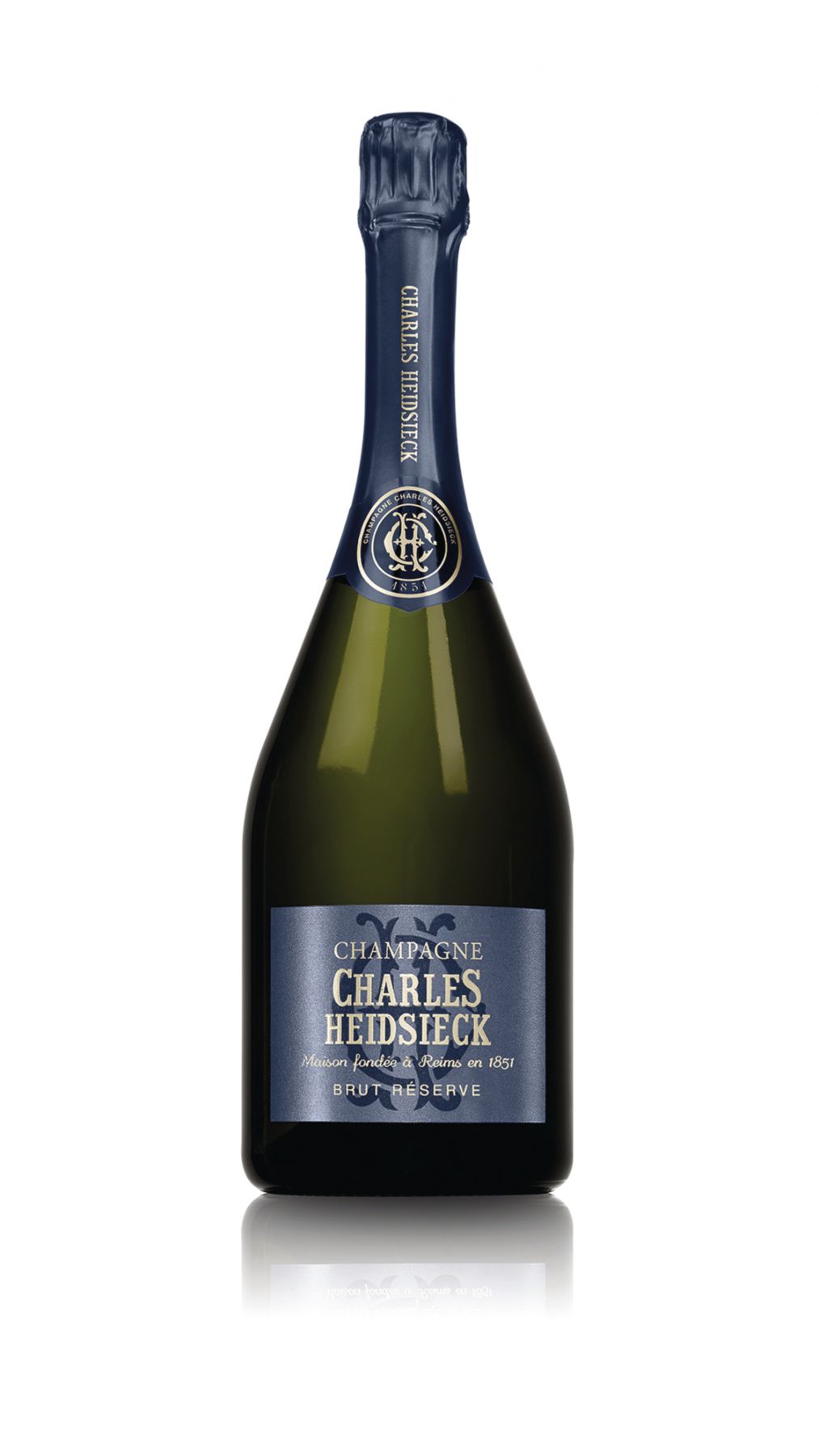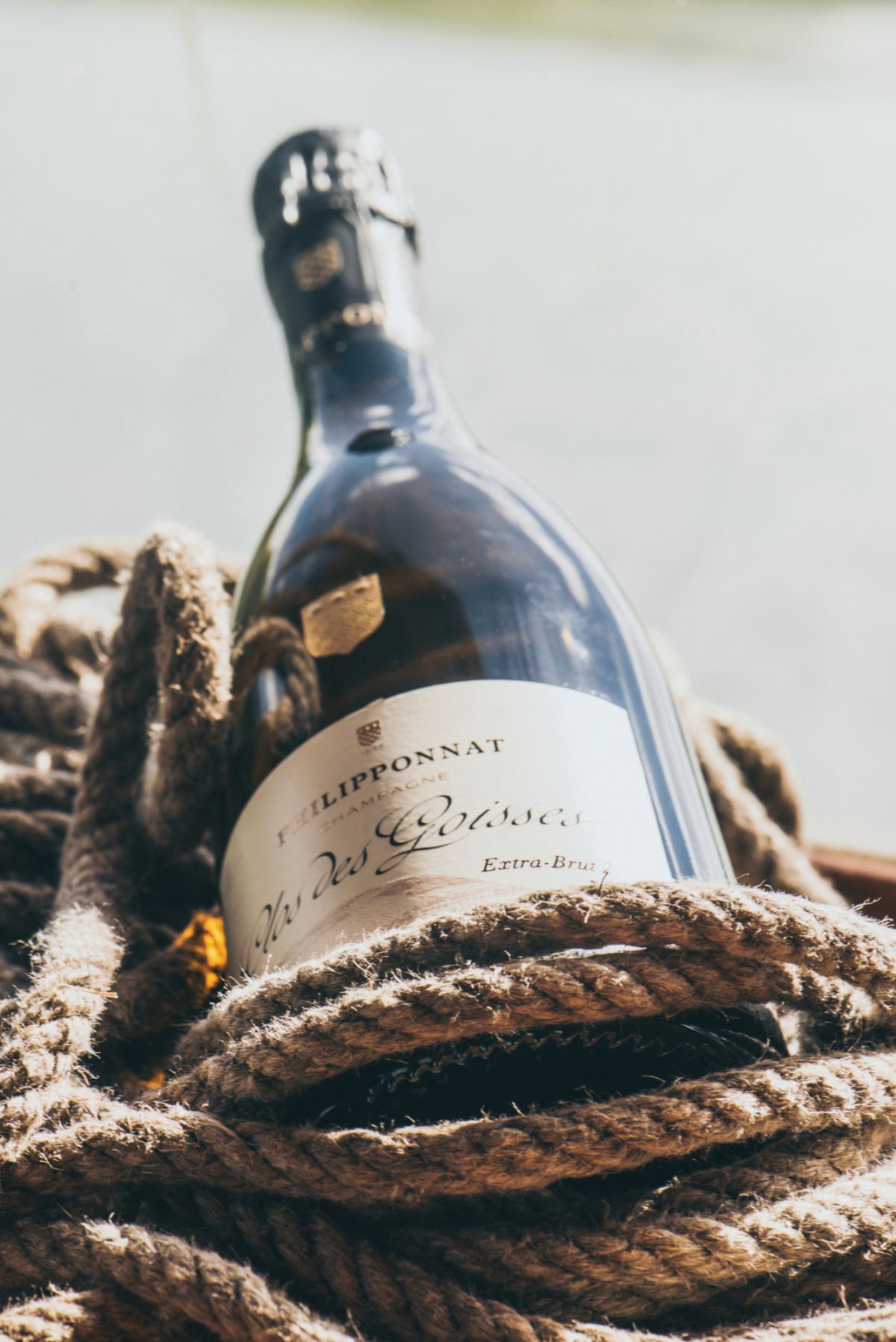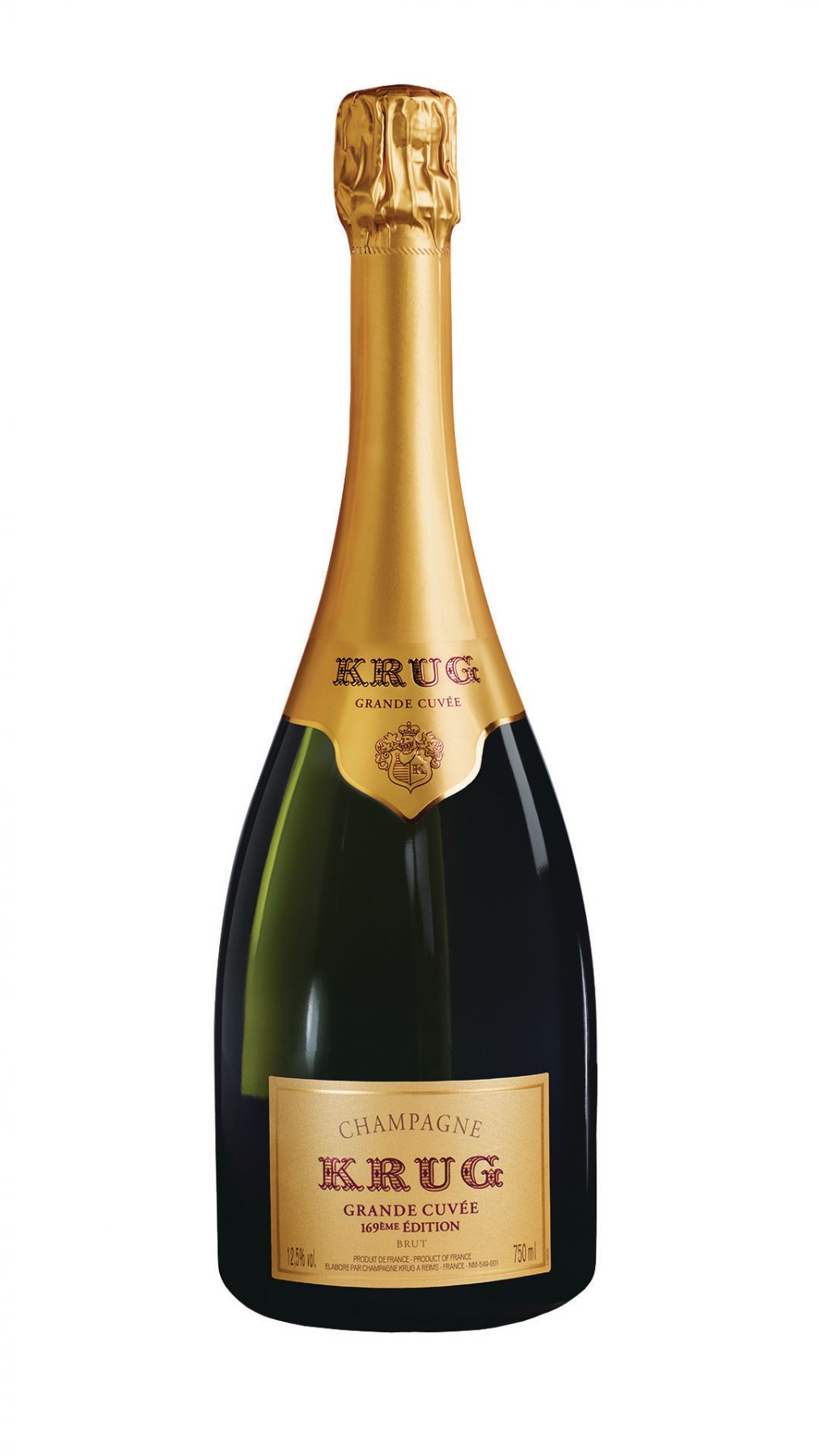Many people struggle to describe the sparkling wine in the same way they do other types. Our resident wine expert suggests turning for inspiration to the masters—of painting and sculpture
Champagne is an unusual wine category in that most people like it, but few, even serious wine lovers, think deeply about what they like about it. It’s frothy and celebratory—plus expensive, which tends to make us like things more; sometimes it’s pink; and most people know they should get more excited if they’re handed a glass of Dom Pérignon than of Moët Brut Imperial. But beyond that, most of us are happy to assume that champagne is champagne.
The way champagne has historically been marketed bears some of the responsibility. Champagne bottles, labels and advertisements tend towards the beautiful, luxurious and atmospheric rather than the informative. However, if you’re willing to pay a little attention, there is easily as much variation among champagnes, even if you limit yourself to major brands, as among the wines of Bordeaux or Burgundy, and the gustatory rewards of learning to discern the differences are just as great.
One challenge with distinguishing champagnes is the relative dearth of apt vocabulary. Comparatively subtle in its flavours, champagne does not reward those who mainly look for descriptors in the fruit aisle. Instead, much of its charm lies in the ineffable aromas and textures that derive from extended contact with lees. Baked goods like toast or brioche are typical reference points, but how many times can you use them without flattening the wines’ delightful idiosyncrasies into a dull, biscuity sameness? Champagne’s winemaking process also introduces some less savoury-sounding aromas that, when subtle, can be utterly transformative: iodine, ozone, metal, burnt rubber, oyster shell, seaweed. This phenomenon, which I have previously described as “the crack”, is, in my view, the key to greatness.
The base wines do of course contribute their own aromas and flavours. But the grapes are harvested at lower ripeness levels than is typical for wine and thus tend toward the floral, herbal, spicy and even vegetal rather than overtly fruity. I often find myself raiding the vocabulary of fragrance: lotus, peony, chypre (an accord of citrus, resin and oakmoss), patchouli, verbena, amber. But unless you know what a chypre is (and who does, really?), how much help is that?
Of course, there are also real, practical differences: some wines have more chardonnay in the blend, some more pinot noir, some more pinot meunier. Some vines are grown in the chalkier soils found in the Côte des Blancs, others in the dense clays of the Marne Valley. Wines are made with varying levels of oak, time on lees, dosage and so on. However, the sheer number of factors involved can make it difficult to tease out these individual facets when thinking about overall style.
It can be somewhat more instructive to think about categories of champagne style using a few spectrums: body from light to full; aromas from floral and fruity to spicy and toasty or, for the more technically minded, reductive (precise, clean and “mineral”) to oxidative (nutty). Though helpful, this effectively leaves you with a set of coordinates on a multidimensional grid, which seems an awfully prosaic way to think about what is—at its best—vinous poetry.
So, to take a leaf from the champagne houses themselves, which seem universally drawn to artist collaborations in their branding, I have hypothesised that tasting a champagne can be likened to seeing a piece of visual art, and suggested artists best evoked by each wine. Some are as intense and deceptively simple as Rothkos, while others seduce with luscious, Rubenesque oomph. Because most champagnes, especially non-vintage, are heavily blended for consistency, a producer’s style typically pervades all of its wines much in the way that Cézanne’s paintings, whatever their subject, are always clearly Cézanne’s.
See also: Wine Expert And Food Retailer Alex Lichaytoo Says Quality Ingredients Mean Everything
Light Body, Clean Flavours
Dom Pérignon: Piet Mondrian
Despite being the luxury champagne par excellence, Dom Pérignon gives the sense of having been pared back to its essentials. Just as a true Mondrian shames its many imitators, Dom is set apart by the way it always yields something unexpected: a sparkle of iodine or a whiff of spark plug, like a skinny sliver of yellow jammed into one corner. As in Mondrian’s compositions, a thoroughly modern surface conceals a deep understanding of classical proportions.
Ruinart: Constantin Brancusi
Ruinart wines are heavily built on chardonnay, some of them 100 per cent, and strike the palate like beams of pure light, their taut, soaring energy beautifully epitomised by Brancusi’s bronze Bird in Space sculptures. Like those space-age plumes, the wines leave the impression that they will outlive us all.






